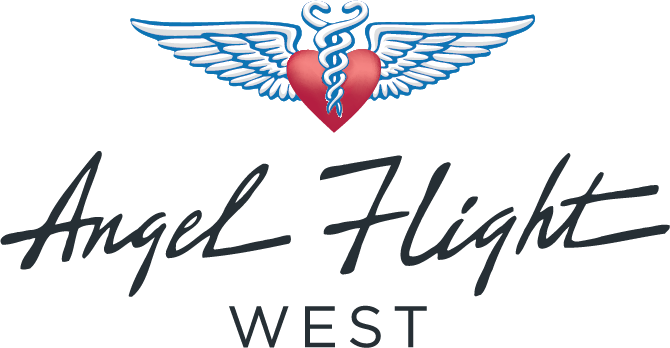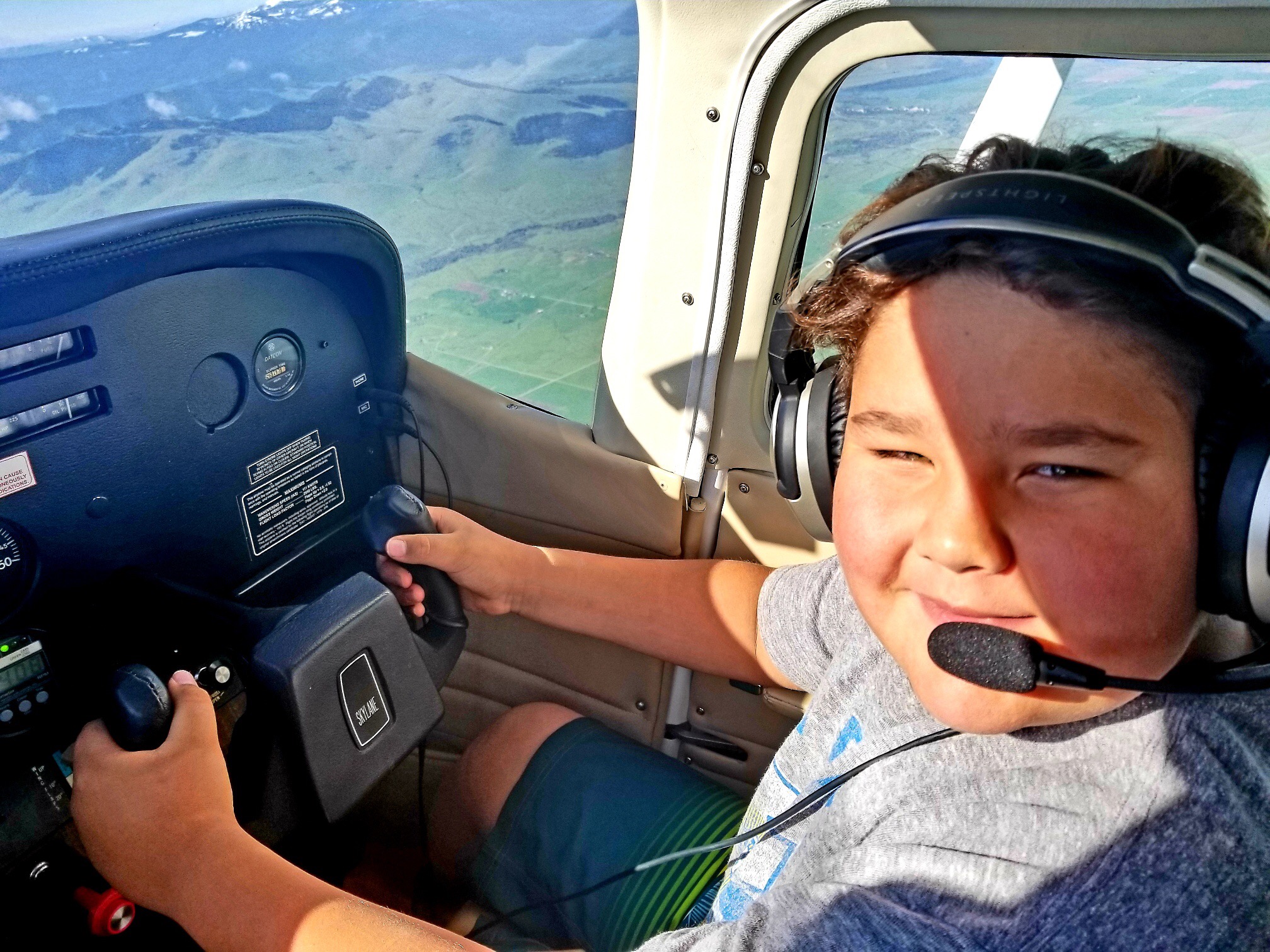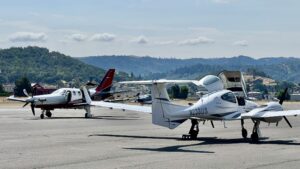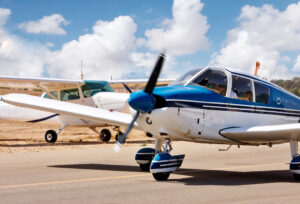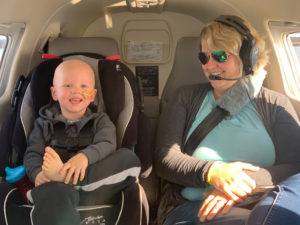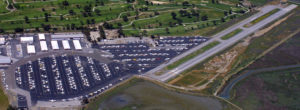Ground Operations
In this article we actually won’t get airborne at all. We will discuss Threats, Errors and their mitigation, while we are still on the ground. Specifically, we will cover procedures and processes from prior to engine start, up to our decision-making process during a rejected takeoff while rolling down the runway. If you already have techniques that work for you, that you feel are true, tested and heavily trained, please by all means continue with those. My intent is not to modify any of your solid methods, but to simply offer some suggestions.
Pre-departure Briefings and Passenger Briefings.
In previous articles we have thoroughly discussed the Threat and Error management model (TEM). We also covered the “startle effect” during irregular, non-normal events and ways to mitigate it. We discussed how knowledge and skill set are paramount to minimizing startle. In other words, preparation, study and practice. As mentioned, during a critical event we do not “rise to the occasion”. Instead, we regress to our most current state of practice, briefing and knowledge. That is why it is essential that we thoroughly brief the “what ifs” while in the luxury of an environment of no distractions and minimal threats, such as before engine start for our flight.
The same applies to an articulate, concise, and accurate passenger briefing. Specifically, the evacuation procedures. Each GA airplane is unique. Some have single doors, high wing, low wing, etc. Have you thoroughly briefed your passengers on how they might have to evacuate the aircraft in the event of your incapacitation?
The most horrible aviation accident occurred on Tenerife, Canary Islands, Spain in 1977, involving two B747s during ground operations. The PanAm B747 was the only aircraft that had survivors. Of those that were interviewed, it was evident that the common denominator to their survival was preparation. They had all mentally prepared, before the event occurred for the possibility of an evacuation. Other passengers were viewed as taking no action and the term “negative panic” was sourced from that event. Unfortunately, most of the Flight Attendants were incapacitated because they were standing when the event took place, so a lot of passengers had to self-initiate their evacuation.
Therefore, arm your passengers with the knowledge of a solid, self-initiated evacuation briefing. It very well might save their lives.
Runway and taxiway incursions.
We are now about to start taxiing for departure. We are fortunate to live in an era of EFBs (electronic flight bags, such as ForeFlight, etc) that have an abundance of information right at our fingertips, regardless of the avionics suite that our aircraft is equipped with. The professional aviation world mandates that all pilots have the airport diagram visible during taxi and that all taxi instructions are verbalized and verified. It is also required that prior to taxi a very thorough anticipated taxi plan be briefed. I think that this type of briefing is essential for us as well in the GA world. What is more, ensure that you conduct the same briefing and analysis regarding the taxi-in plan for after landing, just like you brief your IFR arrival and approach procedures, or VFR arrival.
During those briefings, ensure that you discuss and be thoroughly familiar with the HOT SPOTS and their meaning, as well as NOTAMS and any construction.
While attending runway safety meetings at KSFO with ATC, management and the FAA, I was always reminded that runway and taxiway incursions increase exponentially during any airport construction. Most airports nowadays, go through some form of update or construction quite regularly. It is a Threat that must be briefed to reduce the likelihood of an Error. One way to do that is to graphically highlight the closures on the taxi chart. ForeFlight and other EFB apps allow you to do this easily.
Here is something to ponder. Assume that you are cleared to taxi to a runway via taxiways that cross another runway that is very clearly closed due to construction with personnel, bulldozers, etc. clearly occupying that runway. Are you therefore automatically cleared to cross that runway?
The answer is of course, emphatically NO! Any runway, even NOTAM’ed closed requires a clearance to cross.
Also, have you made yourself familiar with Runway Status Lights, hold bars and other new taxiway and runway lighting and signage designed to prevent incursions?
In addition, use caution with “expectation bias” while taxiing. Meaning, you are used to and likely briefed the “usual” way of getting to the runway, yet today you were given different instructions. Or at an uncontrolled field, traffic, construction or any other reason requires you to choose a different taxi route.
Finally, as we discussed in previous articles, have we considered what might be our “normalization of deviance” while taxiing? What bad habits have we built while taxiing that are now the new normal? Such as programming our navigation system, conducting checklists, doing the after-landing flow while we are still on the runway, without having vacated and stopped, etc. Are the 20-40 seconds we might save instead of conducting those tasks while we are stopped worth a potential pilot deviation or an incident/accident? I know that you know that the answer is quite evident. We should all strive to minimize our “heads or eyes down” time while the aircraft is moving and focus on taxiing instead. We think that we are multitasking, but instead we are simply dividing our attention.
Rejected Takeoff.
The takeoff phase is one where unilateral and extremely expeditious decisions need to be made regarding the “go, or no-go” decision. But when are those decisions actually made? During the moment, right at rotation when an irregular event or warning occurs and our brains are flooded with the aftermath of the startle effect? Absolutely not! The immediate response occurs at that moment, but the actual decisions need to made during our pre takeoff briefing. During our pre takeoff briefing we have the luxury of the environment of no distractions and Threats. Our “go, no-go” decisions will be made at that time. During the actual takeoff roll, we simply respond and react to the decisions that we already made during our pre-departure briefing.
High performance, turbine and large aircraft have very specific procedures. I won’t get into the discussion of V1, balanced and unbalanced fields, etc. These processes do not really apply to the single/multi engine piston GA aircraft. Yet, some of the concepts most certainly do, and I would like to elaborate.
Section 5 of our POHs cover Performance Data. I have yet to find a graph however, that gives us an Accelerate/Stop distance. Meaning, what is the distance from stop to Vr, reject and back to stop? So, I’ve come up with a “work-around” that gives me at least a starting point. For you engineers out there, I recognize that it’s not the same as the V1 and balanced field calculations, but I find it to be valuable.
I take my Takeoff Distance Ground Roll distance for my current weight and atmospheric conditions and add it to the Landing Distance Ground Roll distance for the same conditions. My rotation speed (end of Takeoff ground roll) is approximately the same as my touchdown speed (beginning of Landing ground roll). Therefore, the sum of the two should approximate my accelerate/stop distance for today’s conditions.
Well, who cares you might say? Let’s dig deeper.
During my pre-takeoff briefing, I decide what are the conditions that I deem unsafe or unable to fly, therefore I would absolutely reject for regardless of the runway length: Engine failure/power loss, Fire, Windshear, Tower says something, Runway Status lights, or configuration/flight control issue.
However, depending on the runway length and my performance today, I might reject for “anything irregular”, or just for the above-mentioned items. In other words, what is the greater risk? Taking the airplane airborne with an issue or rejecting and having a runway overrun? Again, that decision needs to be made long before the takeoff roll.
Allow me to give an example. I operate a Cirrus SR22T out of a sea level 3,600 foot runway. At Max gross weight and a 20 degrees C day my Takeoff ground roll is 1,574 feet and my Landing ground roll is 1,251 feet (with 50% flaps), therefore my total distance is 2,825 feet. My decision before takeoff and while still on the ground is that I will reject for any irregular situation, because I know that I can comfortably stop before the end of the runway if I haven’t rotated yet.
Now, I go to KSQL, San Carlos, CA with the same conditions. The runway length is 2,621 feet. My unsafe/unable to fly decisions are the same and I will reject for those occurrences. However, I will not reject for “anything”. For example, if approaching rotation I get an “ALT1” warning, I will take the airplane airborne, deal with the issue and come back and land, thus avoiding a potential runway overrun. If I hadn’t made those decisions before takeoff, I would be faced with a very time critical decision and truly no time to make it.
Lastly, just like we should brief the mechanical steps of a Go-Around, we should similarly be briefing the mechanical steps of a rejected takeoff. It may not be as simple as power to idle and apply brakes. We might have to shut down the aircraft due to a fire, might need to evacuate, may or may not be able to vacate the runway, what kind of radio call will we perform, etc. Make sure you are very familiar with the mechanical steps, therefore you can “regress” to them when the startle effect kicks in during an irregular event while on the takeoff roll.
Thank you for taking the time to review this safety article and as always, I truly welcome your input, comments and criticisms. Please, reach out any time. I look forward to your input. Safety is a “team effort.”
In Safety,
Alexi Stavropoulos
AFW Safety Officer
707-953-8947
AlexiosS@angelflightwest.org
